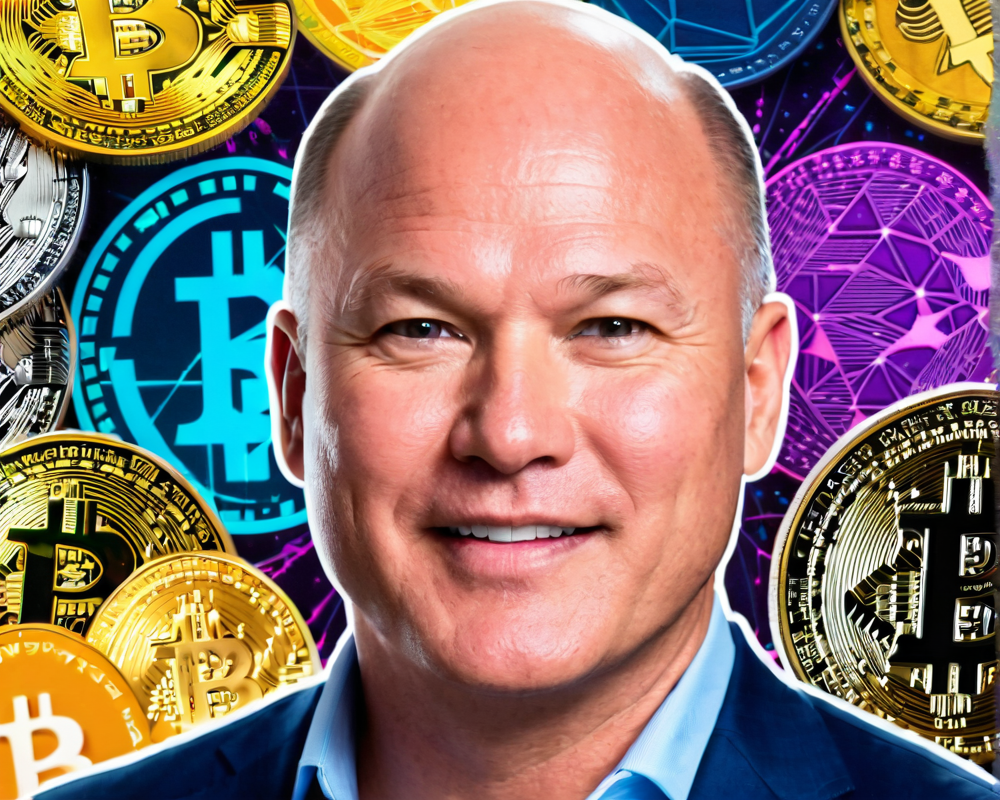Understanding the Imbalance: Lending and Borrowing Basics
Since the dawn of civilization, lending and borrowing has been the ultimate financial tango. Imagine folks trading shiny rocks for goats. In today’s world, it’s all about cold, hard cash—or digital currency, if you’re fancy. Those who are financially blessed find themselves extending loans, while others scramble to find a crumb.
At its core, lending is about handing over a resource, typically money or financial assets, with a mutual agreement for its return. The lenders are the superheroes here—be it individuals, banks, corporations, or even nations—often seeking assurances like a well-prepared PowerPoint presentation on how and when they’ll get their wealth back.
What Makes a Borrower Reliable? Meet the Criteria
To be deemed worthy of a loan, a borrower must meet certain criteria, such as:
- Debt-to-Income (DTI) Ratio: How much of your income is chain-smoking debt?
- Employment Stability: Are you employed long enough not to scare lenders away?
- Collateral Value: Got valuable assets? Let those shine, baby!
- Actual Income: At the end of the day, how much money can you bring home?
But hold onto your wallet—credit ratings often reign supreme in loan approval lands. They tend to weigh more than your DTI ratio, your employment history, and your grandma’s secret lasagna recipe combined!
The Mighty Credit Score: Why It Matters
Credit scores—and no, they aren’t just fancy numbers playing hide-and-seek. Most institutions pour over these ratings like a toddler with spaghetti, and they generally determine if you’ll get that cash boost or a polite door slam. These ratings are waving the red flags for individuals and governments alike, as one missed payment can toss a borrower’s hopes right into the dumpster fire of future financing.
Interestingly, countries have their own form of credit, known as sovereign credit risk. If a government looks like it might go belly-up on a loan, lenders will steer clear like it’s the world’s most awkward game of dodgeball. Countries like Singapore and Norway strike the perfect lending pose—smooth and reliable.
Decentralized Credit Scoring: The Future Is Here
The traditional credit rating system is getting its comeuppance! Those credit bureaus are often criticized for hidden agendas, biases, and occasional bonkers errors. Imagine a credit agency that miscalculates how much you owe because someone’s cat stepped on the keyboard! Who knew a tabby could run the economy?
Enter decentralized finance (DeFi)—the snazzy innovation taking credit ratings to the blockchain galaxy. Think of it as borrowing money without a middleman in a universe where trust is coded into every transaction. Peer-to-peer lending is the name of the game, without the headache of dealing with uninformed financial gatekeepers.
Benefits of Decentralized Credit: A Game Changer?
So, why the fuss over decentralized credit scoring? It’s pretty straightforward:
- Error Reduction: AI assesses creditworthiness without human error. Imagine being judged by a robot that knows no bias, only numbers!
- Security: Data isn’t prepped for a hacker buffet. It’s stored across various blockchains, making it resilient against attacks—something people didn’t think about until the Equifax breach.
- Transparency: Assessments occur without sneaky motives or hidden agendas. It’s like financial sunlight streaming into a dark basement. Bright, revealing, and not at all creepy!
The decentralized credit scene is still cranking its gears, with innovative concepts emerging such as nonfungible credit scores (NFTs for your credit). Who would’ve thought that one day, your financial qualifications could add more “non-fungibility” to your life?




